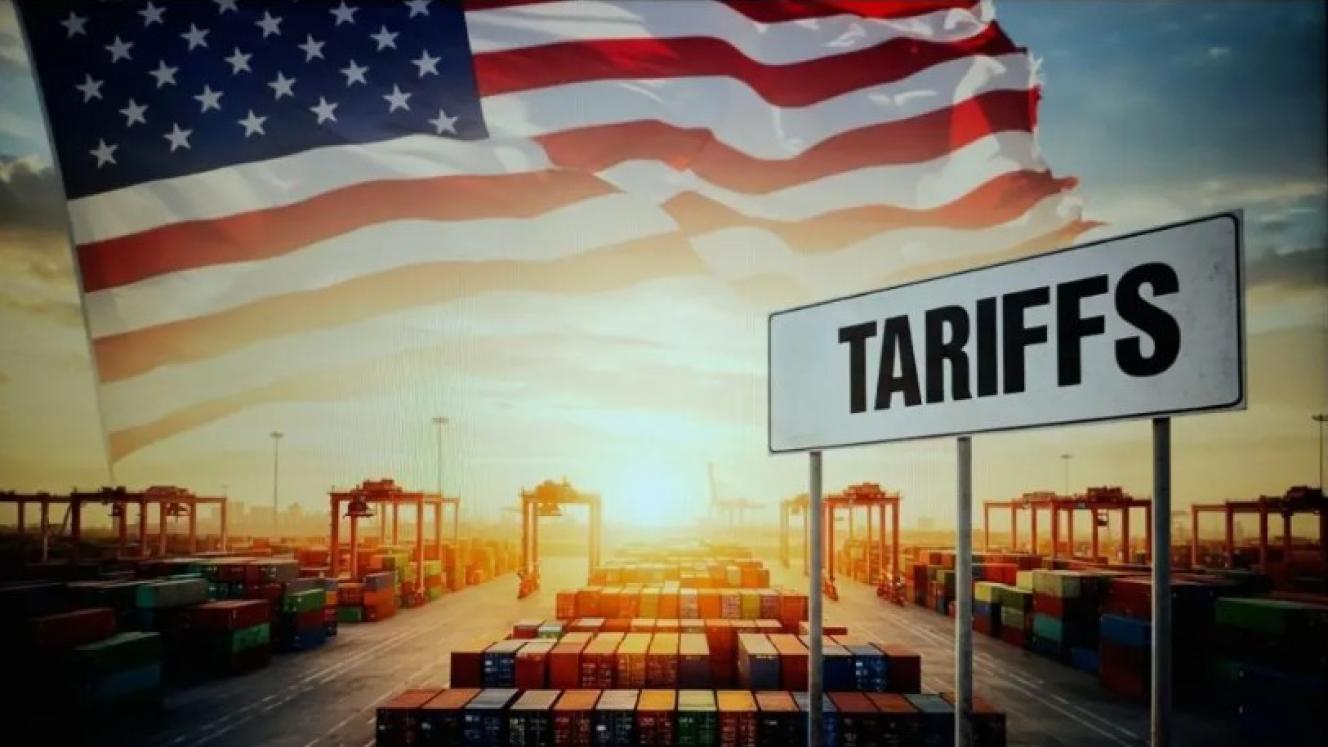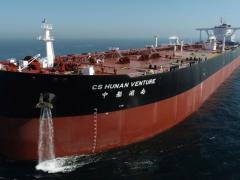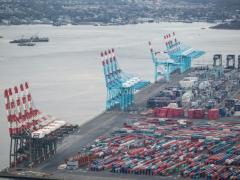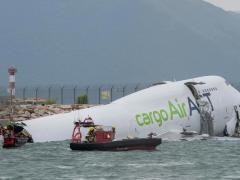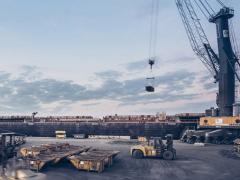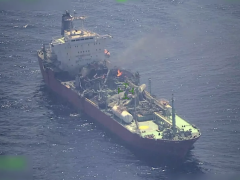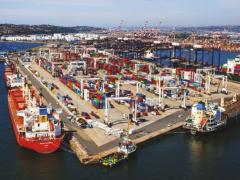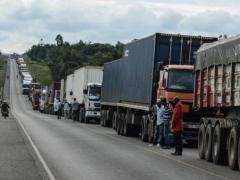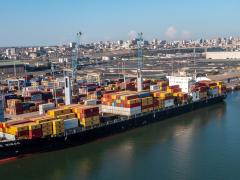Ongoing port and rail investments in Mozambique are significantly reducing corridor transit times, while the revitalisation of the gas projects in the north is expected to provide a further boost for infrastructure investment. Remi Barral, managing director, JLB Expertises and a member of the IUMI Loss Prevention Committee in the United States International Trade Administration, says the development of oil and gas projects and the economic growth of neighbouring countries will drive the transportation sector in Mozambique. “All major ports are being expanded or upgraded, new roads and rail lines are required, the local airline is expanding its fleet, and new airline operators are expected to enter the market in the next few years.” There are three east-west development corridors that link its ports to neighbouring countries: the Maputo Corridor (south; linked with South Africa and Eswatini), the Beira Corridor (centre; linked with Zimbabwe), and the Nacala Corridor (north; linked with Malawi and Zambia). A fourth de facto corridor is the 2 620-kilometre N1, which runs from the south to the north of the country. In the far north is the Mtwara Development Corridor, which has been on the cards since late 2004, with the signing of the Mtwara Development Corridor Agreement between neighbours Tanzania, Mozambique, Malawi and Zambia. According to the World Wildlife Fund (WWF), the purpose of the corridor is to promote trade and investment in the four countries by improving and integrating transportation and other infrastructure. It includes infrastructure development (road and railway) between Mtwara Port (Indian Ocean) and Mbamba Bay Port (Lake Nyasa), with extensions to the coal and iron mines of Mchuchuma and Liganga in Njombe Region. The overall project also includes building the Unity Bridge connecting Tanzania and Mozambique, to link with a planned Cabo Delgado Corridor to the liquefied natural gas processing complex. According to Barrall, the overall national road infrastructure “is very poor and fragmented”, with attacks on trucks by Islamic insurgents in the Cabo Delgado Province. There is also investment in the supporting infrastructure. One of the most recent developments is the opening of the $50 million logistics terminal by the privately operated Corredor Logístico de Maputo (CLM). With over 50 000 tons of warehouse space and 10 000 square metres of open storage, the terminal is a key dry port in southern Africa, strategically located near Namaacha, Goba and Ressano Garcia. In Beira, the Mozambique- Zimbabwe Pipeline Company (CPMZ) is increasing its fuel transport capacity from three to five million cubic metres a year. The Port of Beira is undergoing infrastructure upgrades to support this expansion. ER
